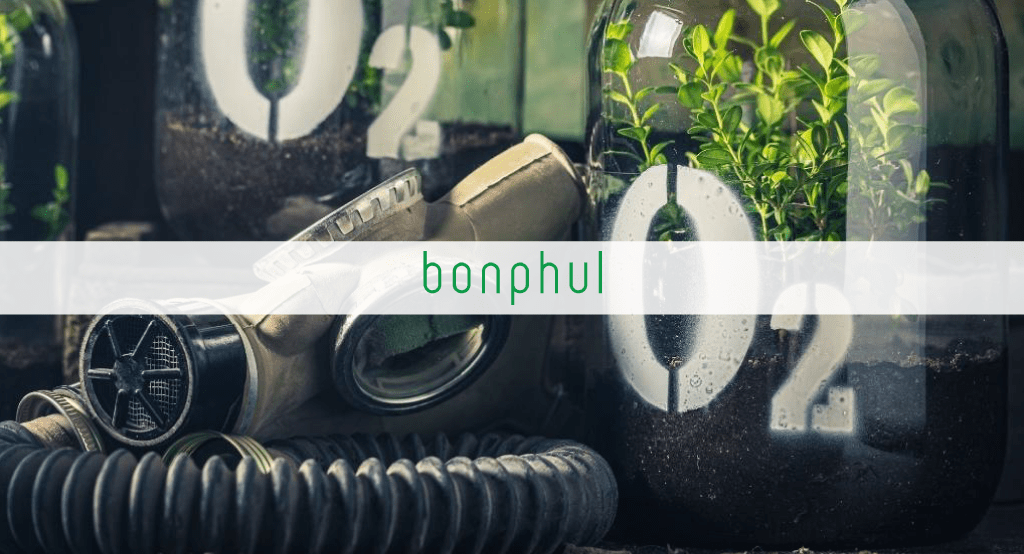
Human Consumption of Oxygen
To understand why oxygen deficiency in the air could be a problem for us, we first need to understand how much air we breathe each day. Average human beings roughly take 23000 breaths per day. An average adult at rest inhales and exhales approximately 7 to 8 litres (1/4th cubic foot) of air per minute. That totals to around 11,000 litres of air (388 cubic feet) in a day. In an ideal condition, the air inhaled should contain about 21-per cent oxygen, which means approximately 2310 litres of oxygen inhaled per day. However, in most urban areas today where oxygen has come down to 18-17% concentration, it would be somewhere around 1870 litres, a deficit of 440 litres of oxygen approximately.
Air exhaled is about 15-per cent oxygen, provided the air inhaled had 21 % oxygen, so about 5-percent of the volume of air is consumed in each breath and converted to carbon dioxide. Therefore, a human being uses about net 550 litres of pure oxygen (19 cubic feet) per day.
Now, with any physical activity our heartbeat upsurges. It means our body needs more oxygen, so we start breathing faster and our heart also starts beating much faster to compensate for the higher demand. With oxygen level reduced, our lungs, heart, and brain are at higher work pressure. Our vital organs are working extra to compensate, resulting in a higher breath rate and higher heart rate, which is very dangerous for our health.
Sources of Oxygen and its Depletion
According to the Ecology Global Network, 70- 80% of the world’s oxygen is produced via phytoplankton photosynthesis. Phytoplankton is a freely floating aquatic flora or water plant, which are often minute in size that drift with water currents.
A major oxygen bank is produced via photosynthesis on land by the natural green cover. NASA reports confirm that 30% of the land is covered by trees, and as much as 45 per cent of the carbon stored on land is tied up in forests. A 12-meter tree weighing about 2 tonnes and significant girth generate approximately 260 pounds /118 Kg/ 82,517 litres of oxygen per year as per various reports.
Despite having a large natural factory of oxygen, the trend of its declining concentration in air is at roughly 19 per mg/lit per year, or about 4 ppm per year has been registered for three decades now.
One of the major reason cited for the depletion is, Eutrophication, an aquatic phenomenon. Eutrophication arises from the oversupply of nutrients, leading to overgrowth of plants and algae. After such organisms die, the bacterial degradation of their biomass consumes the oxygen in the water, thereby creating the state of hypoxia, which is a low oxygen condition. Though phytoplankton is the largest source of oxygen, eutrophication can kill this source, escalating an existing imbalance situation in oxygen generation.
Also, prominent industrial and vehicular combustion is also adding to depletion of atmospheric oxygen at a rate of almost 1000 tons per second. Current statistics reveal that around 30 billion tons of Oxygen (O2) is being converted to Carbon Dioxide (CO2) annually. There is about 1,200,000 billion metric tons of O2 in the atmosphere. As for burning, fossil fuels is on rampant worldwide, and if it continues at the present rate for 40,000 years, we will eventually run out of oxygen someday day after many years on this planet. By then, all the world’s fossil fuel supply will have long since been exhausted.





